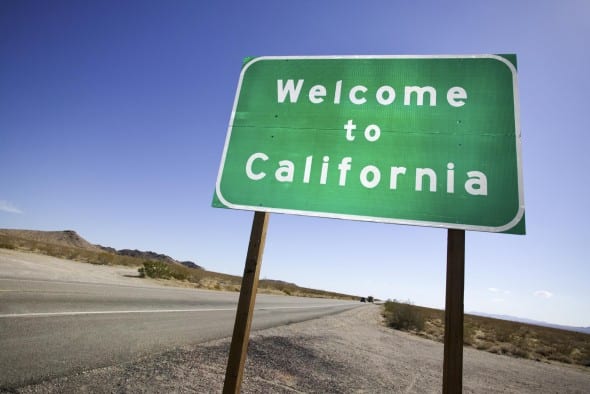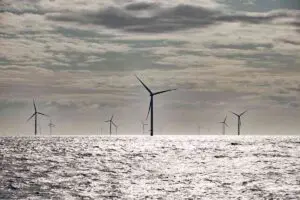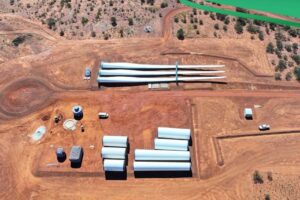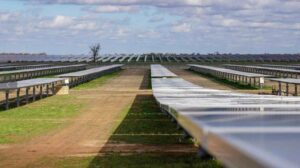California has set a new record of 97.6% instantaneous renewables on its grid, marking a major new milestone on the way to a carbon free grid by 2040.
The new milestone was reached at 3:39pm on Sunday, April 3, the California Independent System Operator (CAISO) said late last week – beating the previous record of 96.4 per cent set on March 27, 2022,
“This new record is testament to the hard work and collaboration of many people, from policymakers to system operators,” said ISO President and CEO Elliot Mainzer.
“While these all-time highs are for a brief time, they solidly demonstrate the advances being made to reliably achieve California’s clean energy goals.”
The CAISO grid currently boasts 26,443MW worth of renewable energy, including 15,148MW worth of solar and 7,892MW worth of wind, with the remaining sources coming from small hydroelectric, geothermal, and biofuels.
Both solar and wind have both recently set new generation records in California, according to CAISO, with solar setting a historical peak of 13,628MW just after noon on April 8, and wind setting an all-time peak back of 6,265MW in early March
t“When we see renewable energy peaks like this, we are getting to re-imagine what the grid will look like for generations to come,” said Ashutosh Bhagwat, chair of the ISO Board of Governors.
“These moments help crystallize the vision of the modern, efficient and sustainable grid of the future.”
Spring in California is the time for renewable records to be set, thanks to the milder temperatures reducing power use and the angle of the sun delivering an extended window of strong solar production.
CAISO expects more records could be broken as the month progresses.
California has set a goal of delivering a carbon-free power system by 2045 which will see a continued increase in the addition of new solar and wind capacity.
Already, another 600MW of solar and 200MW of wind are scheduled to be added to the grid by the beginning of June, along with 1.3GW worth of new battery storage capacity, which is expected to grow from 2,700MW to 4,000MW by June 1.
See also: South Australia grid reaches record high of 136.6 pct renewables
And: Victoria reaches record wind and solar share of 83.8 per cent










